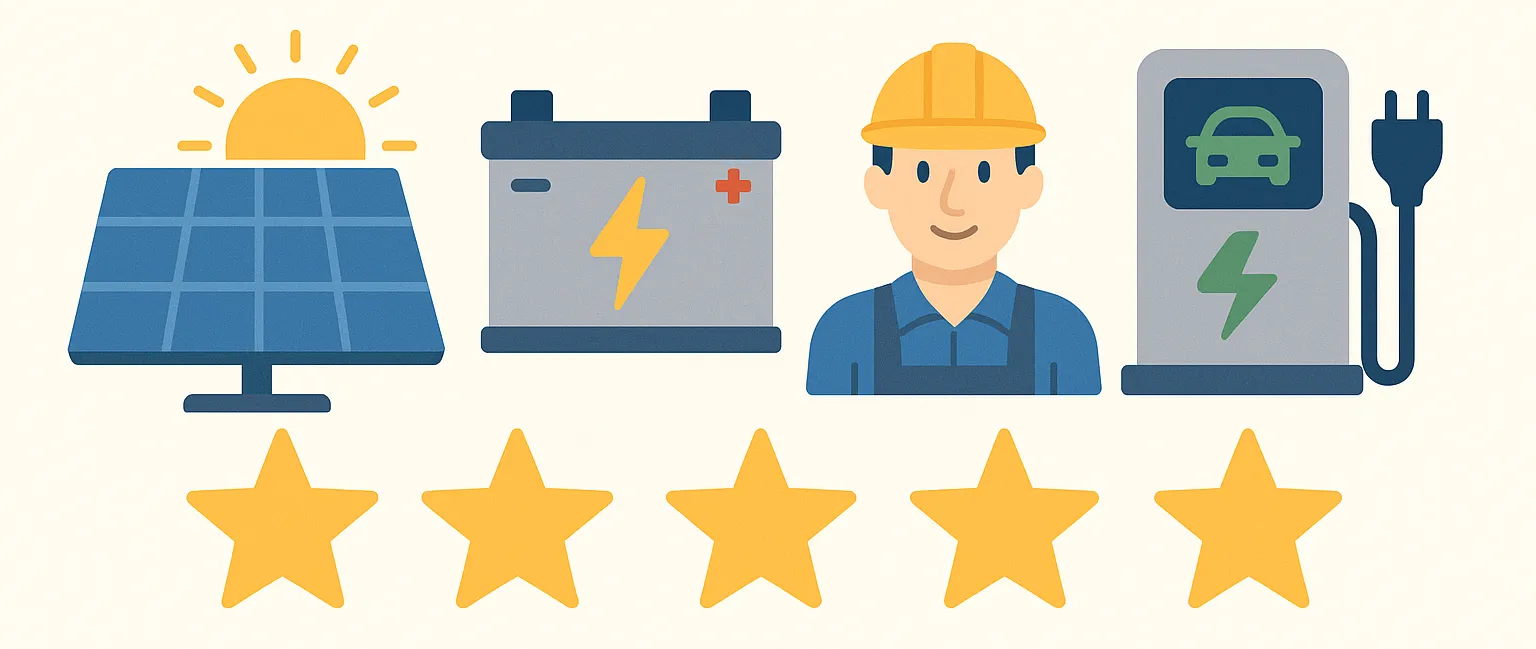South Australian electricity bills will be slash by 20 per cent if it holds the balance of power after the March 17 state election, Nick Xenophon’s SA-BEST party said.
The party’s energy plan released yesterday would also create a not-for-profit community electricity retailer to lower electricity prices.
The Community Electricity Trust of SA (cETSA) would supply cheaper power to households with annual incomes below $75,000. Small businesses with power bills under $20,000 would also get an electricity price reduction.
Key elements of the SA-BEST energy policy include:
- cETSA will have a cooperative structure due to a legislated governance framework.
- The SA Government will act as guarantor for the power purchase agreement to give investment certainty for the construction of the new capacity within South Australia.
- The new capacity would need to be independent of existing major players in the SA generator/retail market.
- It will offer incentives for landlords to install solar PV so tenants share the benefits through lower power bills.
South Australian electricity bills scheme relies on renewable energy generation
The idea is for cETSA to purchase its power from a 150 MW renewable energy power station. This power would also be dispatchable, meaning battery storage and smart inverters would ensure a reliable supply.
Up to 50,000 households as well as 5,000 small businesses would be part of the power co-operative.
“If the government can’t get prices down by 20 per cent in the next two years, or can’t keep the lights on, then the lights will go out in the Premier’s office,” said SA-BEST leader Nick Xenophon.
“Energy needs to be an absolute focus and priority for the next government of South Australia. SA-BEST will guarantee that.”
A big week of solar policy pledges for South Australia
Yesterday, Premier Jay Weatherill announced no-interest loans of $10,000 will be available to households for solar installations under a re-elected Weatherill Government. The aim: to slash South Australian electricity bills.
This followed his Wednesday pledge to lift the state-based renewable energy target from 50 to 75 per cent by 2025. The move could see South Australia take over from Queensland as Australia’s leading solar state.



